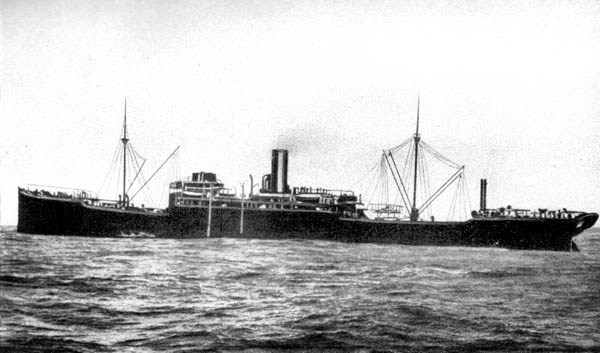By Gene Flinter. A key part of the German war effort in World War I, little remembered today, was the role of so-called light or auxiliary raiding ships. For example, the Wolf, commanded by Capt. Karl August Nerger, destroyed 35 enemy trading vessels and two warships, for a total of some 110,000 tons of shipping. Nerger was rewarded with the Pour le Mérite, the highest German decoration. Another notable raider was the Moewe, under Nikolaus Dohna-Schlieden. They were, in some respects, the last of the great privateers. But their time was short. When World War II rolled around, the duties of the raiders had already been taken over by a new, even more deadly vessel: the submarine.

Shortly after World War I began, Grand Admiral Alfred von Tirpitz and his staff devised a strategy to keep the Royal Navy busy, even if the High Seas fleet was blockaded and confined to the Baltic. The focus of this effort would be Germany’s light and auxiliary cruisers augmented by the submarine fleet. Their primary mission was to destroy and wreak havoc on enemy ocean commerce. [Read the entire article as PDF…]
Taken from
The Barnes Review, November/December 2007: German WWI Naval Raiders
VOLUME XIII, NUMBER 6